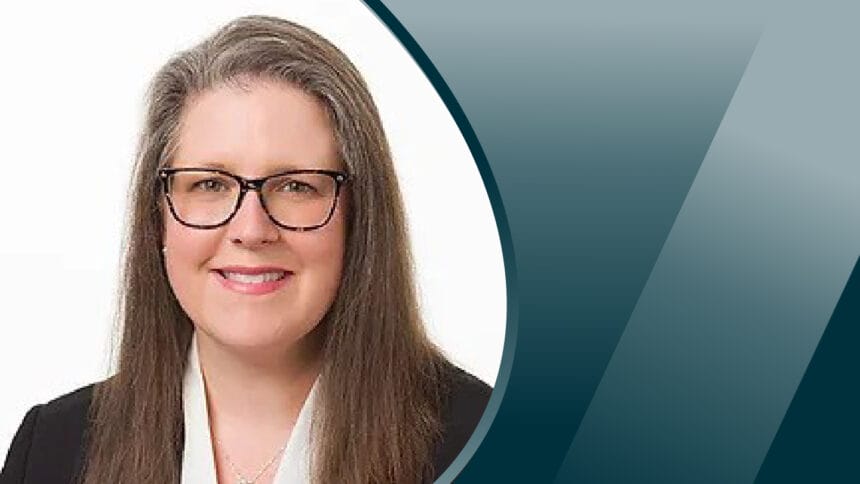In the dynamic environment of independent living, assisted living and memory care communities, resident safety is a paramount concern that commands continuous attention and improvement. Central to those safety efforts is the prevention of falls, a challenge that presents not only a risk of physical injury to residents but also significant operational, financial and reputational consequences for operators.
Falls prevention is a critical pillar in the advancement of resident safety, combining evidence-based best practices with innovative solutions. Developing customized strategies is crucial for owners, operators and committed personnel, who are focused on significantly improving the well-being and security of residents.
This all-encompassing approach does more than just reduce hazards; it also cultivates a culture of care and attention, marking a decisive move towards comprehensive health protection.
Understanding the impact
Annually, more than 25% of individuals aged 65 or more years experience a fall, with the frequency of such incidents doubling the chances of falling again. Despite the prevalence, less than half of those falls are reported to healthcare providers.
The implications of falls are far-reaching, leading to severe injuries, including fractures and head injuries, which notably are the primary cause of traumatic brain injuries among the elderly. With more than 300,000 older adults fracturing their hips each year and falls-related medical costs surpassing $50 billion in 2015, the urgency for effective fall prevention strategies becomes clear.
Embracing evidence-based strategies
Addressing the multifactorialnature of fall risks — ranging from physical weaknesses and medication side effects to environmental hazards — requires a holistic and personalized approach. Nursing fall risk assessments play a critical role in identifying individuals at high risk, facilitating the development of tailored nursing care plans for falls prevention.
Plans grounded in precision nursing and evidence-based practices are central to mitigating the varied risk factors contributing to falls, encompassing:
- Environmental modifications: Ensuring that living and communal spaces are designed or adjusted to reduce fall risks is foundational. This assurance includes adequate lighting, the installation of grab bars and handrails, and the maintenance of slip-resistant flooring.
- Use of healthcare safety technology: The adoption of innovative technologies, such as wearable falls detection devices and smart flooring systems, enhances real-time monitoring and rapid response capabilities, significantly advancing healthcare quality improvement efforts.
- Comprehensive geriatric safety protocols: Those protocols involve regular physical and medication assessments, vision checks and other preventive measures tailored to the needs of the elderly, thereby addressing the core risk factors associated with falls.
- Staff education and resident engagement: Building a culture of safety and awareness through ongoing education and engagement empowers both staff and residents to actively participate in fall prevention efforts, reinforcing the community’s commitment to safety.
Innovating for safety
The continuous evolution of resident and patient safety solutions opens new pathways for enhancing falls prevention. The integration of hospital patient safety technology into daily operations allows for the proactive management of fall risks, offering opportunities for healthcare quality improvement. Innovations such as precision nursing tools and advanced data analytics play a vital role in this regard, enabling the early identification of potential risk factors and the implementation of preventive measures.
Further, the principle of pressure injury prevention aligns closely with falls prevention by highlighting the importance of regular movement and careful positioning to maintain residents’ physical health to reduce both fall and pressure injury risks.
Collaborative efforts and community engagement
Effective falls prevention transcends individual efforts, requiring a collaborative approach that includes residents, families, healthcare providers and the wider community. Engaging those stakeholders in discussions about falls prevention strategies, sharing best practices and fostering an environment of open communication enhances the support network available to residents, thereby strengthening the overall safety culture within the community.
Safely moving forward
The path to improving resident safety and reducing the incidence of falls in senior living communities and other residential long-term care settings is ongoing and multifaceted. By embracing evidence-based practices, leveraging innovative technologies and fostering a culture of collaboration and continuous learning, operators can make significant strides in safeguarding their residents. This journey demands a collective effort, one that is driven by a shared commitment to creating safer, more supportive living environments where the reality of falls with aging is made part of everyone’s priority.
Although falls prevention remains a challenging strategic initiative, through dedicated efforts, innovative thinking and a holistic approach to resident care, patient safety standards continue to advance, ensuring that senior living communities remain places of safety, dignity and well-being for all residents.
The commitment to enhance safety through effective falls prevention is both a responsibility and an opportunity for owners, operators and all who serve in independent living, assisted living and memory care communities.
Through the adoption of evidence-based approaches, the integration of technologic innovations and the promotion of a safety-centric and cooperative atmosphere, leaders in senior living can significantly enhance the lives of residents, enabling them to achieve the optimal quality of life.
Amy Hester, PhD, RN, BC, FAAN, is chairwoman and CEO of HD Nursing, an evidence-based safety solutions company. She has 25 years of nursing experience, including more than a decade of med/surge and neuro nursing followed by unit management and hospital administration. In 2015, she earned a Doctor of Philosophy in nursing science and has since published and spoken extensively on the subject of falls and injury prediction and prevention. She retired from the University of Arkansas for Medical Sciences in 2018 after 26 years of service to dedicate her time fully to HD Nursing. She is an adjunct faculty member at the UAMS College of Nursing. As an entrepreneur, she mentors others to help them with their own endeavors.
The opinions expressed in each McKnight’s Senior Living marketplace column are those of the author and are not necessarily those of McKnight’s Senior Living.
Have a column idea? See our submission guidelines here.



